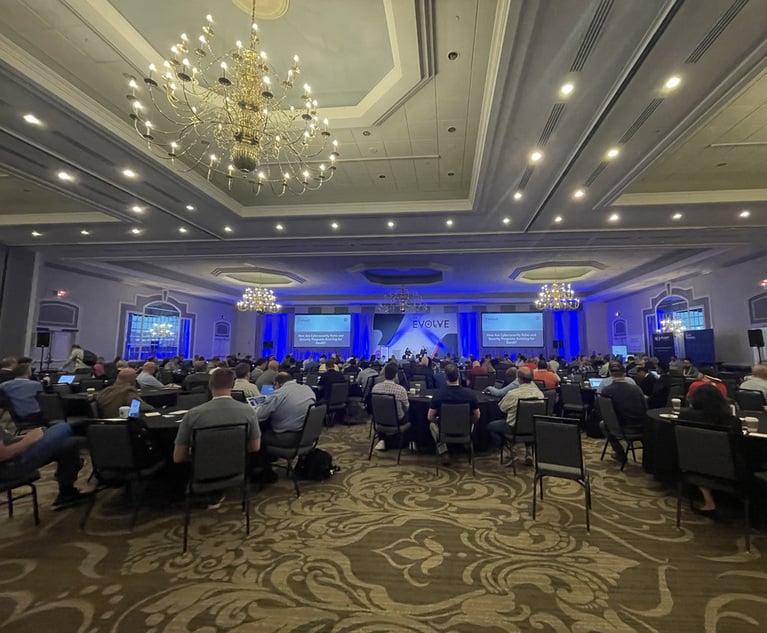Hurricane risk projections used by insurers to hike propertycoverage rates in coastal states are “severely flawed,” and stateinsurance regulators should reject them, two consumer groupscontend.
|The call, directed at individual regulators and the NationalAssociation of Insurance Commissioners, came from theWashington-based Consumer Federation of America and the Center forEconomic Justice in Austin, Texas.
|This is the second time in a year that the groups havequestioned insurer use of catastrophe modeling and rating.
|The organizations said computer catastrophe models developed byRisk Management Solutions, Applied Insurance Research and EqeCat toestimate future damage from weather events and set homeownersinsurance rates have historically been based on over 100 years ofhistorical data.
|They noted that last year, RMS announced it would dramaticallyincrease projected catastrophe losses in some coastal areas, basedon a “near-term” forecast of only five years.
|The consumer groups said RMS explained this change was necessarybecause hurricane activity over the next few years will be abovethe historical average.
|They said this revision has led to rate increases of 25 percentin Maine, and 50 percent or more along the Gulf Coast.
|“We informed the NAIC a year ago that modeling changes made byRMS would lead to unjustified rate increases for consumers, but theNAIC and every state–with the exception of Florida andGeorgia–failed to act to protect consumers,” said J. Robert Hunter,CFA's director of insurance.
|“Since that time, rates have risen sharply in coastal areas, andimpartial scientists have strongly criticized the use of'near-term' projections by RMS and other firms that have increasedestimated loss costs by up to 90 percent in some areas,” he said.“Even one of the firms that markets catastrophic risk models, AIRWorldwide Corp., has criticized the practice.”
|AIR said the press release did not misrepresent its views onprojections, but it had no further comment.
|However, Mitch Sattler, vice president of public policy at RMS,responded via e-mail that the consumer groups' letter“misrepresents the work of RMS. The objective risk-metrics providedby RMS models are based entirely on science, and are in no waydriven by any collusive practices or pressure to produce resultsthat appear to be favorable to the insurance industry.”
|RMS added that its model “reflects the widespread agreementamong researchers that hurricane activity in the North Atlantic hasincreased since 1995, and that this period of elevated activitywill last for at least another 10 years. The long-term historicalaverage thus significantly underestimates the hazard posed byhurricanes for the foreseeable future.”
|RMS said “there are clear limitations to models that produce astatic view of risk that relies solely on the historical long-termaverage. Ignoring this fundamental fact only steers discussion awayfrom the vital issue of determining the best actions for mitigationand other risk reduction measures.”
|RMS noted that it has submitted its hurricane model to theFlorida Commission on Hurricane Loss Projection Methodologies forapproval, “and we fully expect it will recognize the rigorousscience upon which our work is based.”
|CEJ Executive Director Birny Birnbaum said “it is a sham for RMSto claim that its catastrophe models are scientifically sound whenthey make an ad hoc adjustment at the end of the process thatdoubles loss projections.”
|He added that “the NAIC claims the primary job of stateinsurance regulators is consumer protection, but it has donenothing to protect consumers from massive and unjustified ratehikes. It is a sad commentary on state insurance regulation thatconsumer groups have to repeatedly demand that regulators takeaction to stop these dramatic and unfair increases.”
|Scientists and insurance experts have increasingly questionedthe scientific legitimacy of the modeling changes, according to theconsumer groups.
|In announcing the change last year, the consumer groups said RMShad “admitted” the shift to a “near-term” loss projection was donein consultation with its insurer clients.
|“RMS has become a vehicle for collusive pricing,” charged Mr.Hunter. “The huge increase in rates that ultimately occurredbecause of inaction by NAIC and several states was due to pressurefrom insurers.”
|Florida, the consumer groups noted, did not allow the new modelto be used by primary insurers nor, it appears, has Georgia.However, residents of the 16 other states along the coast have beenpaying higher rates solely because of the changes adopted by RMSand other modelers, they said.
|CFA and CEJ wrote the NAIC last March and again earlier thismonth urging it to reject the new modeling methods and immediatelyincrease regulation of non-insurer organizations, whose work has asignificant impact on insurance rates and availability.
|Tom Larsen, senior vice president of EqeCat, said the heightenedrisk in the prospective near term over the next five-to-10 years“is very real and dependable in the scientific community.”
|“Our clients are competing with bankers and other investmentfunds who are already pricing risk corresponding to those near-termrisks,” he said, adding that to avoid doing the same would putinsurers at a competitive disadvantage.
Want to continue reading?
Become a Free PropertyCasualty360 Digital Reader
Your access to unlimited PropertyCasualty360 content isn’t changing.
Once you are an ALM digital member, you’ll receive:
- All PropertyCasualty360.com news coverage, best practices, and in-depth analysis.
- Educational webcasts, resources from industry leaders, and informative newsletters.
- Other award-winning websites including BenefitsPRO.com and ThinkAdvisor.com.
Already have an account? Sign In
© 2024 ALM Global, LLC, All Rights Reserved. Request academic re-use from www.copyright.com. All other uses, submit a request to [email protected]. For more information visit Asset & Logo Licensing.








